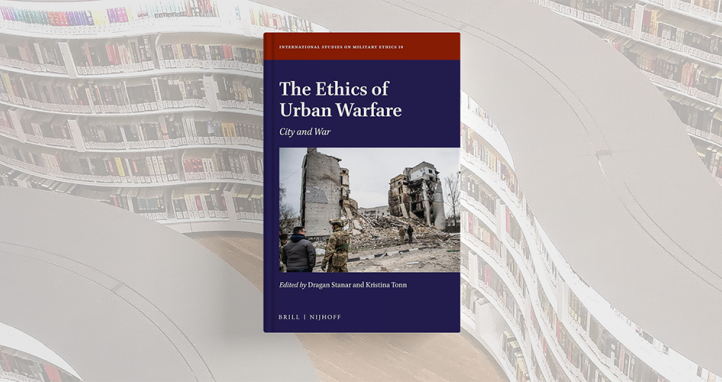Facts and figures
| Government type | Federal Parliamentary Republic |
| Notable people |
|
The ‘Know Your Region’ series is designed to support unit and individual professional military education on the Indo-Pacific region.
Summary
India gained independence from the United Kingdom in 1947 and its government was predominantly made up of the Indian National Congress Party (Congress) along with the independence leader Mahatma Gandhi, who was assassinated in 1948. The Indian Government ran very effectively under Congress for the next 25 years by decentralising power and focussing on state-based power. It redrafted state-based lines to distinctly separate different regions and languages to reduce friction between different ethnic groups. Indira Gandhi then centralised government power, declaring a state of emergency in 1975 to quash resistance. In 1977 the emergency was lifted; when elections were held the first non-Congress government won as a coalition. India has since seen short periods of Congress government interspersed with longer periods of Coalition governments.
Politics
India is considered the world’s largest democracy. Its government consists of a President as the Head of State, a Prime Minister as the Head of Government, and an upper and lower house of parliament. It also has a judiciary with a Supreme Court. Elections are held every 5 years to elect 543 members to the Lok Sabha (Lower House). States elect representatives to the Rajya Sabha Council of States (Upper House) on staggered 6-year terms, so not to have all members change at the same time.
India’s class system, called the caste system, dictates that there are four classes of people in Indian society. The caste system sets out social hierarchy based on the Hindu hierarchical groups of Brahmins (priests and teachers), Kshatriyas (warriors and rulers), Waishyas (farmers, traders and merchants) and Shudras (labourers). There are also Dalits or Outcastes (street sweepers, latrine cleaners, etc). The caste system was introduced as a societal construct by the manusmriti book on Hindu law, which predates the Bible. The caste system complicates politics as it dictates which type of job someone can have and who they can marry. India’s constitution bans caste discrimination, but it still has a significant impact on politics and society.
India’s government has been unable to eliminate poverty amongst large portions of the population. It has also been plagued by corruption for much of its existence, with regular scandals and accusations against government representatives and political parties.
The Bharatiya Janata Party (BJP) is currently in power and has been for the past two terms winning 31% of the vote in 2014 and 37% of the vote in 2019. The BJP is accused of encouraging religious division between Hindus and Muslims. The BJP has recently introduced the concept of demonetization which was aimed at reducing tax evasion by removing large portions of high denomination bank notes and forcing the surrender of those notes to reduce cash payments for goods and services.
For further information on Indian politics, see the resources below:
Articles:
- Democracy in India | Chatham House – International Affairs Think Tank
- India – Democracy, Federalism, Constitution | Britannica
- What is India's caste system? – BBC News
Videos:
India and Australia
India and Australia’s diplomatic relationship began in 1941 with the opening of the Consulate General of India in Sydney. Australia’s first High Commissioner to India was appointed in 1944 and India’s first High Commissioner to Australia arrived in Canberra in 1945. Australia now also has Consulates-General in Chennai, Mumbai, Kolkata and Bengaluru. The India-Australia diplomatic relationship was upgraded to a Comprehensive Strategic Partnership in June of 2020. India and Australia hold yearly leader summits and the Prime Ministers regularly meet at major international forums and summits. Education is a large component of the partnership between India and Australia with the Australia-India Education and Skill Council acting as the primary bilateral education dialogue between the two countries. Australia and India also share a Mechanism for the Mutual Recognition of Qualifications, making it possible to access recognised higher education in both countries. Australia’s Deakin University became the first international university to open a campus in India, in 2024.
For further information on Indian diplomacy with Australia, see the resources below:
Articles:
- Australia-India Relations (embassy.gov.au)
- India country brief | Australian Government Department of Foreign Affairs and Trade (dfat.gov.au)
- Centre for Australia-India Relations | Australian Government Department of Foreign Affairs and Trade (dfat.gov.au)
India and its Neighbours
India’s foreign diplomacy policy is known as the ‘neighbourhood first’ policy as it focusses much of its effort on maintaining diplomatic relations with those closest to it. This aims to drive regional stability and prosperity which in turn contributes to security within the region. The neighbourhood first strategy has resulted in free trade agreements, multilateral defence exercises, increased trade and stronger supply chain channels between nations, rail services agreements, and memorandums of understanding. In such a diverse and oftentimes volatile region, India’s foreign diplomacy contributes to stability in the region, and this has also had economic benefit to the country and the region.
For further information on Indian diplomacy with its neighbours, see the resources below:
Articles:
Know your region
Know Your Region series gives you a shortcut to understanding other nations in the Indo-Pacific region.









